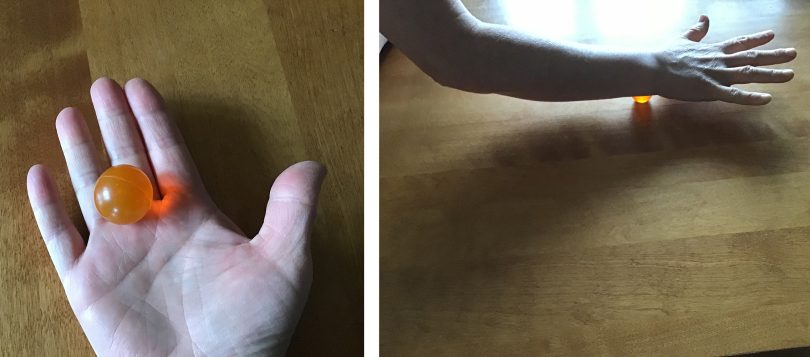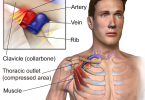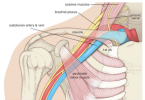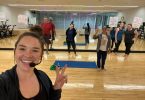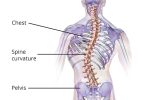Do you use a foam roller or balls to work out tight spots in your body? Let me tell you about a rolling protocol that l use – and recommend my clients use – to improve injury recovery, have better balance and coordination, relaxation, increase range of motion, improve posture and decrease pain levels.
‘Relief Through Rolling’ is a program that brings significant and profound relief of both acute and chronic pain in a simple pain-free method. Relief Through Rolling came about by creating techniques that mimicked the work in the Rolf Method of Structural Integration 10 series.
Rolf Method of Structural Integration (RMSI) is a specialized 10-session process that utilizes a combination of safe touch with safe movement to elect massive positive change. It works with the connective tissue and the nervous system to create long term change in the body. Relief Through Rolling (RTR) is part of the self-care program that I provide to keep and enhance the improvements made, as well as a way to reduce and relieve pain and dysfunction.
Kevin Lucas, Board Certified Structural Integrator who works with clients that have severe chronic pain, developed the RTR techniques to provide his clients with a way of relieving their pain in the moment it is happening – as opposed to relying on therapy all the time.
Overuse, underuse and injury causes connective tissues to shrink and become sticky and prevent the muscle cells from moving most efficiently. Connective tissue is a shock absorber which distributes stress and tension. If the connective tissue is not moving freely and is sticky, it is not absorbing and not allowing the body to move as it should.
In RMSI, we do not work on lengthening connective tissue but on disrupting the nervous system and giving it an opportunity to reset. We do this by using a gentle touch combined with particular gentle movements from the client and some brain repatterning exercises.
RTR is a non-painful way to roll which sends a calming signal to the brain. The connective tissue is able to soften, and the body has a new way of being.
A medium density roller (EVA foam) is used to facilitate more contact with the body (hard rollers and rumble style rollers too aggressive for the tissue). We are not lengthening fascia – the nervous system allows it to change. No pain while rolling is key to tapping into the nervous system to get change in the tissue. Rolling at a slow speed allows the most change to happen.
Try this simple rolling method with a kid’s bouncy ball right now …
Use the soft ball to roll your palms and forearms. Place the ball on a table and slowly, without pain, roll the ball in 3 parallel lines up and down your forearms – on the front and then the back. Compare this arm to the other arm. How does it feel? Relaxed and more mobility? Think what could happen to the rest of your body?
I can teach you these specific techniques in 1-2 sessions, and they will really change how you look at what you do with your body on a regular basis – and how there can be a different way with your home and gym recovery techniques.
By Gwen MacLean for Living Balance Clinic

